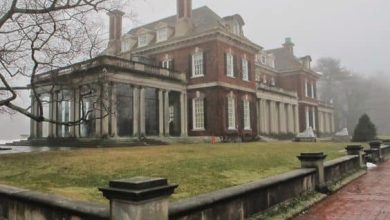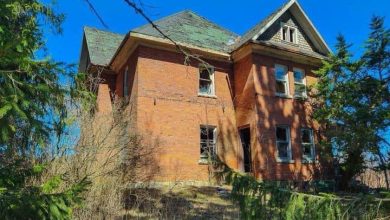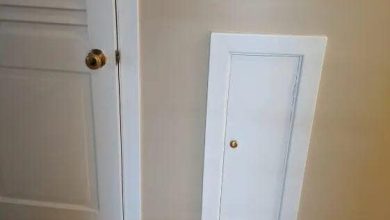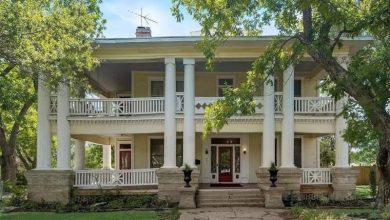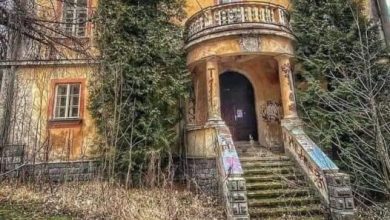Uncategorized
Farnham castle
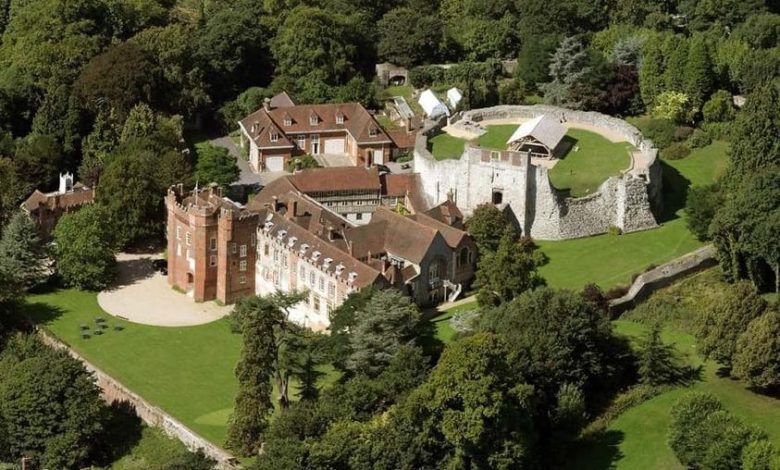
The entrance to the keep
Built in 1138 by Henri de Blois, Bishop of Winchester, grandson of William the Conqueror, Farnham castle became the home of the Bishops of Winchester for over 800 years. The original building was demolished by Henry II in 1155 after ‘the Anarchy’ and then rebuilt in the late 12th and early 13th centuries.[1] In the early 15th century, it was the residence of Cardinal Henry Beaufort who presided at the trial of Joan of Arc in 1431. It is for this reason that St Joan of Arc’s Church in Farnham is dedicated to her.
The castle’s architecture reflects changing styles through the ages, making it one of the most important historical buildings in the south of England. It is an impressive stone motte and bailey fortress, and has been in almost continuous occupation since the 12th century. The large motte was formed around the massive foundations of a Norman tower and then totally enclosed by a shell keep, with buttress turrets and a shallow gatehouse. Attached to the motte is a triangular inner bailey, with a fine range of domestic buildings and a fifteenth-century brick entrance tower. The formidable outer bailey curtain wall has square flanking towers, a 13th-century gatehouse and a large ditch.
The stables burnt down during a visit by King James, Anne of Denmark, and Prince of Wales in July 1609.The castle was slighted again after the Civil War in 1648. Since then more buildings have been constructed in the castle’s grounds, the most impressive being those built by Bishop George Morley in the 17th century.
The castle is set in five acres (20,000 m2) of gardens overlooking the town of Farnham. A letter in 1594 mentions that white clay was dug in Farnham Park to make drinking vessels used by lawyers at the Inner Temple in London
